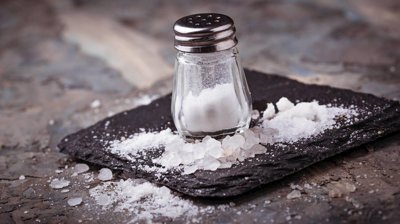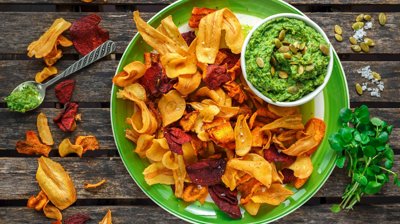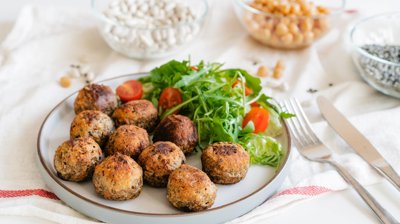Yeast extract vs MSG: What's the difference?
In the culinary world, many chefs, food manufacturers and even home cooks are inspired to explore a variety of ingredients to develop their dishes. Among these, yeast extract and monosodium glutamate (MSG) stand out for their ability to add depth and dimension to recipes. However, there are significant differences between the two. In this article, we’ll compare them in more detail, shedding light on their origins, uses, and how they interact with our taste buds.
What is MSG?
Monosodium glutamate, often known as MSG, is a food additive that’s formulated by fermenting sugar cane or molasses. It has a high concentration of sodium salt and glutamic acid and is commonly found in Asian recipes, soups and other processed goods.
Sometimes considered to be a controversial ingredient due to concerns it can cause health problems, MSG is characterised by its white, odourless and powder form. Although MSG has no unique flavour of its own, it triggers salivary secretion, which can impact the umami taste of food.
Is yeast extract the same as MSG?
No, yeast extract is very different from MSG. Unlike MSG, yeast extract is not an additive but a natural byproduct of yeast fermentation. Similar to a culinary spice, it complements and enriches dishes, bringing out the flavours in food. Produced without chemicals or synthetic additives, yeast extract contains a range of nutrients including carbohydrates, proteins, B-group vitamins, essential amino acids and organic minerals. It also serves as good solution for bringing meaty flavour to plant-based food products for vegans and vegetarians.
Whilst yeast extract contains some naturally occurring glutamate, it only contains around 5%, whereas MSG is 100% sodium glutamate. When it comes to food labelling, MSG is a food additive, it’s required to be marked with an E number on the label, whereas yeast extract is considered a natural ingredient. Yeast extract can not only balance the taste of a dish but also support the thickness and aftertaste, especially in broths. With MSG, the flavour isn’t as full, therefore yeast extract can be a more desirable option to improve mouthfeel and quality.
What is glutamate?
Glutamates are forms of glutamic acid – an amino acid that occurs naturally in our bodies and in many foods. Thanks to its protein composition, glutamic acid can play a significant role in terms of both nutritional value and taste perception in food.
Glutamate is present in a wide variety of food products. This includes not only yeast extract but also many vegetables, meats and dairy products. It has the ability to impart a savoury taste that’s often referred to as “umami”. This distinct taste improves the overall flavour profile of food without overpowering the flavours of the other ingredients.
When discussing glutamate, we need to differentiate between its naturally occurring form found in yeast extract and its synthesised counterpart found in additives like MSG. For perspective, foods such as tomatoes contain nearly twice the amount of glutamate present in 200ml of yeast extract flavoured bouillon, whereas MSG is 100% glutamate.
We hope you’ve found this article a useful resource to demystify the differences between yeast extract and MSG, allowing you to make informed choices about the ingredients. If you’d like to find out more about our yeast extract products, get in touch with our team today.
More Food Blogs

How yeast extracts reduce the need for salt in food processing

What is taste modulation & how does yeast extract help?

Cocoa Crisis: How to reduce cocoa and retain high quality taste

The role of yeast extract in the plant-based food industry

What is off-note masking and how is yeast extract used in this?


